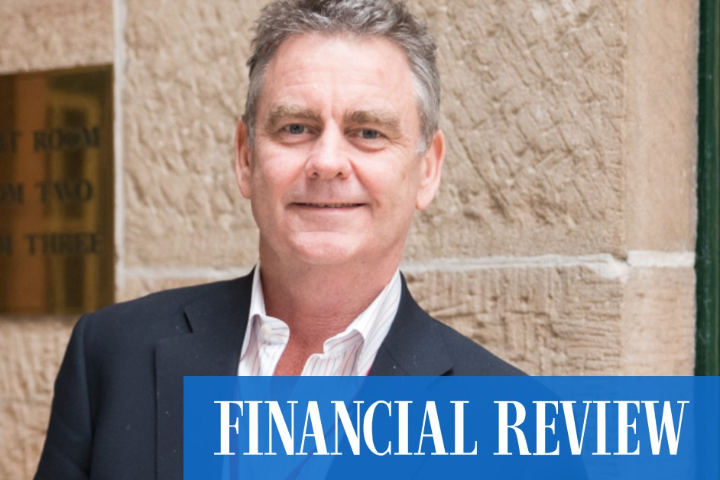
The Australian Financial Review
May 18, 2022
Australia has wasted almost two decades to resolve its energy policy and still has no plan for the transition away from fossil fuels, a non-executive director of Origin Energy has said.
Australia’s commitment to achieving net zero emissions by 2050 is expected to reshape the country’s $2 trillion economy. But with a global energy crunch driving demand for fossil fuels and the sustained surge in local wholesale electricity prices, the debate about how fast to accelerate to renewable energy has intensified.
Mick McCormack, non-executive director of Origin Energy and Austal, and former chief executive of Australia’s largest energy infrastructure business, APA Group, said the issue could have been resolved by now had Australia put a price on carbon as proposed in 2005. Years on, Mr McCormack said surging wholesale electricity prices were evidence that Australia did not have a plan.
“Right now there is no plan for the transition. We’ve all signed up for net zero by 2050. Well, most developed countries, and that’s great, but there is no co-ordination between those countries. There is no plan around what has to happen to get there,” Mr McCormack told the Blenheim Partners’ No Limitations podcast.
“A plan for transition would have us detailing ‘this is how we are going to get there, these are the coal fire or gas plants that have to come out in an orderly way’.”
Mr McCormack said the lack of a transition plan was hindered by not having a price on carbon. He said moves by former prime minister John Howard to do that back in 2005 were a lost opportunity.
“Had that plan not been bastardised by successive governments … we would be half there. There would be no brown coal going, there would probably be bugger all black coal.”
Progression before transition
Under mounting international and domestic pressure, Prime Minister Scott Morrison last year unveiled his government’s plan to reach net zero emissions by 2050.
But critics described the road map towards the goal as light in detail, criticism that was fuelled by its reliance in part on technologies that are not yet developed.
One critical technology Australia believes will turbocharge its transition is hydrogen, and a recent global race to develop the energy source hints the government has backed a leading contender.
Several states, most notably NSW, are also aggressively pushing the sector by offering sizable grants and incentives to develop it, particularly in regions that will probably suffer most from a decline in coal.
But Mr McCormack said Australia might be putting all its eggs into hydrogen – which could be produced with zero emissions – without understanding the upheaval it could cause the country’s energy grid.
“Before we all jump on the train – direction and destination we don’t know – let’s just get some basic pragmatic issues attached to it on the table,” Mr McCormack said.
“Hydrogen is a gas. It is light, flammable and unfortunately very explosive. You know transporting it is a bit challenging. You can put it through custom-made pipelines in liquid form or as ammonia, and a lot of people think that is easy to do.
“Once you go more than 10 per cent hydrogen, it becomes dangerous as the hydrogen component causes something in the steel called embrittlement. Then you have to change all your burner tips on your gas appliances, and it has not been proven at scale yet.”
Hydrogen embrittlement occurs when metals become brittle after the introduction and diffusion of hydrogen into the material.
Article by Colin Packham, Energy and Resources Reporter

